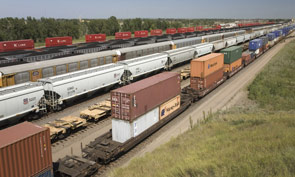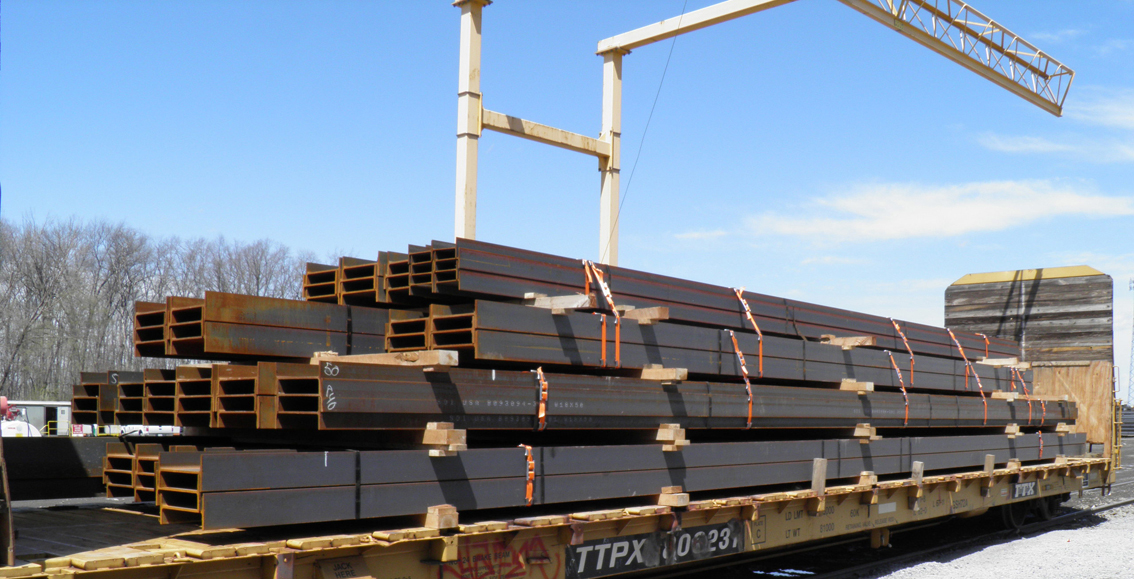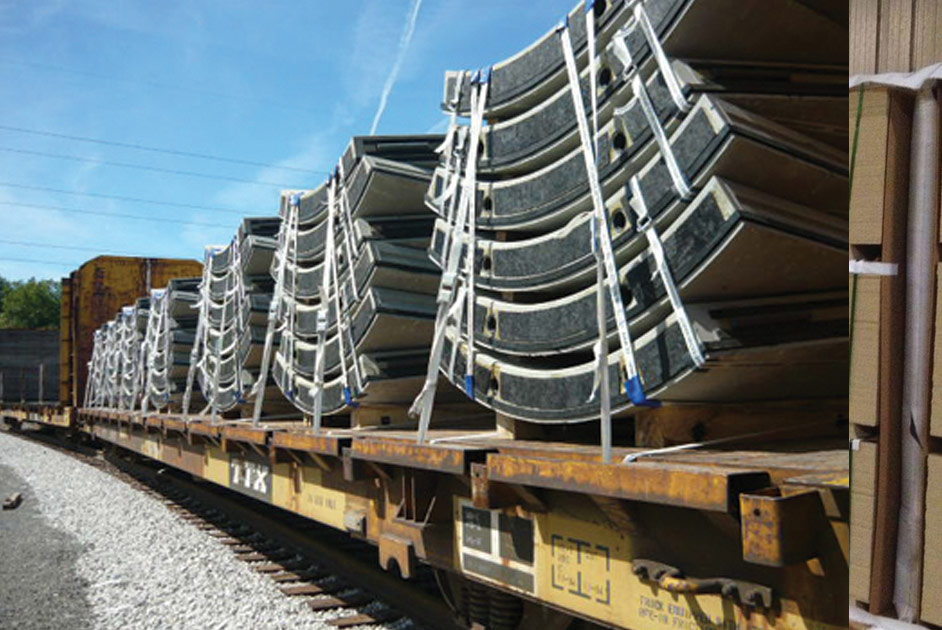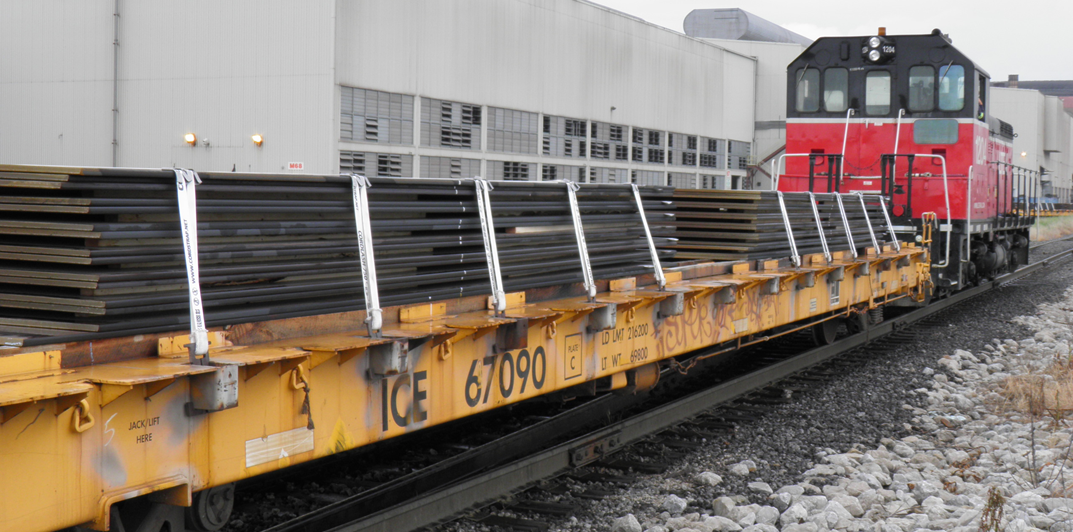
Until the mid-2000s, steel strapping was the primary method of cargo securement on North American railcars. But it had a serious problem — the metal straps frequently broke during transit. As railcars flexed and shifted over uneven track, the vibrations and impacts caused steel bands to bend back and forth within their anchors until they eventually failed.
These breakages not only led to damaged cargo and unsafe loads but also added cost, risk, and complexity to rail shipments.
Recognizing the limitations of steel, the Association of American Railroads (AAR) reached out to Cordstrap after observing the success of polyester strapping in securing sea containers.
Within weeks, Cordstrap demonstrated that its composite polyester strapping was strong enough to handle open-top rail loads. The results were immediate — zero strap failures, easier handling, and a safer, faster application process.
Unlike steel, Cordstrap’s strapping didn’t damage cargo surfaces and provided consistent tension throughout the journey. By 2008, the AAR Open-Top Loading Rules (OTLR) Committee approved non-metallic lashing for all pipe-related load figures — marking the beginning of a major industry shift.

Cordstrap’s engineering team continued to innovate. In 2008, new tests began on concrete cargo, where polyester’s elasticity offered a clear advantage over steel.
During these trials, Cordstrap products maintained consistent tension through even the heaviest impacts — ensuring no straps came loose during transit. This proved that polyester strapping could outperform steel even on demanding heavy-duty loads.

Innovation didn’t stop there. Working alongside the AAR Open-Top Loading Committee, Cordstrap developed a new steel edge protector designed to secure loads with sharp edges — such as I-beams and steel plates.
After rigorous impact testing and evaluation, the solution was approved, enabling the safe, AAR-compliant shipment of structural steel and steel plate using Cordstrap systems.

By 2015, Cordstrap lashing products were formally approved by the AAR to replace 2″ and 1.25″ steel banding on all open-top figure loads in the AAR Open-Top Loading Rules Manual.
Within just a decade, Cordstrap’s polyester solutions became the primary method of securing rail cargo in North America — transforming the industry and making steel strapping virtually obsolete.
Today, Cordstrap continues to partner with rail shippers to deliver cost-effective, safe, and compliant load securement solutions that protect both cargo and people.
Interested in improving the safety and efficiency of your rail shipments? Contact our team today.
For expert advice on cargo securing solutions contact us now
Contact nowCordstrap have specialists in over 50 global locations
Delivering cargo protection solutions
The Cordstrap view on worldwide shipping trends and stories